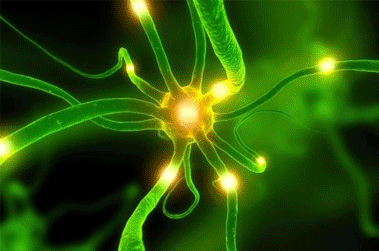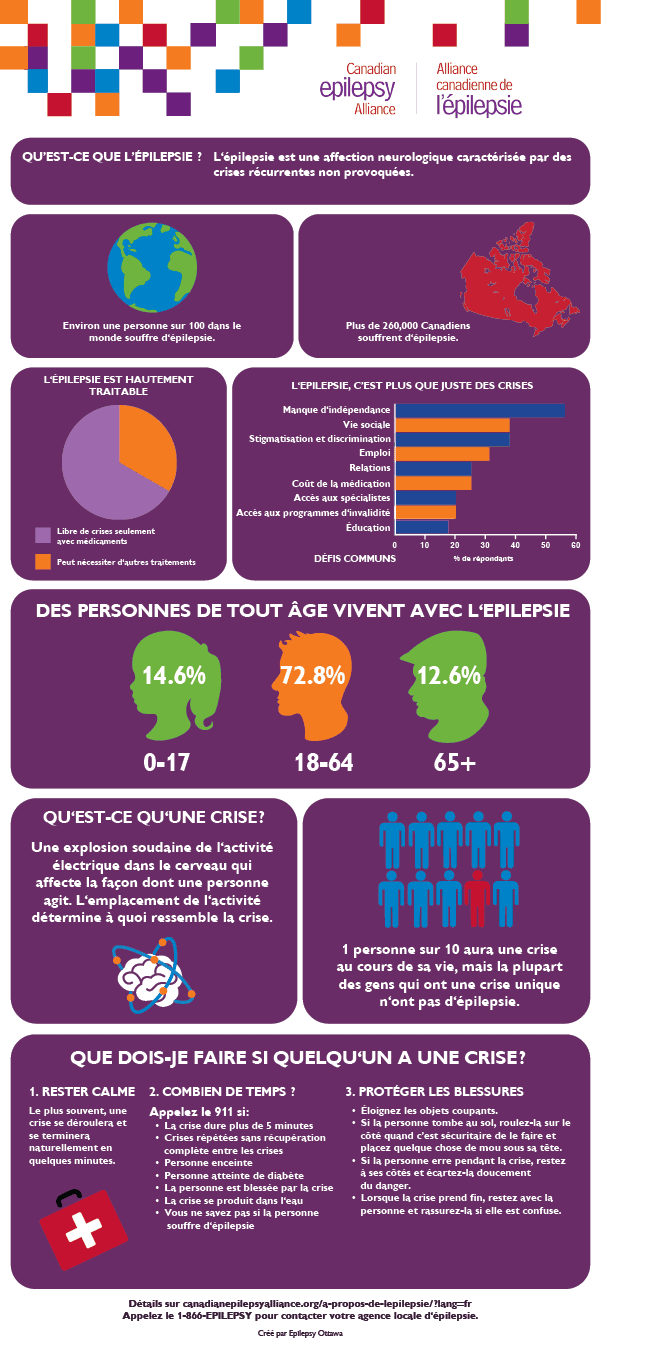L’epilepsy is a complex neurological condition characterized by seizures recurring. The diagnosis of this pathology is based on advanced methods, such aselectroencephalogram (EEG), which helps identify electrical abnormalities in the brain during seizures. While nearly 70% of patients can find relief thanks to anti-epileptic drugs, resistant cases require a more innovative therapeutic approach, ranging from surgery to new avenues of genetic research. This dynamic of evolution of diagnostics and treatments emerging studies demonstrates the significant advances made in the understanding and management of epilepsy.
|
IN BRIEF
|
Epilepsy is a chronic neurological disease characterized by epileptic seizures recurring. Thanks to technical advances, the diagnosis of this pathology has considerably improved, allowing better identification of epileptic forms. Additionally, emerging treatments, whether antiepileptic drugs or surgical approaches, offer hope of better controlling seizures and improving patients’ quality of life.
Advanced Epilepsy Diagnostics
The diagnosis of epilepsy is based on several tools includingelectroencephalogram (EEG) is the key exam. This examination makes it possible to observe brain electrical activity and identify abnormalities characteristic of epileptic seizures. In particular, theVideo EEG is recommended for children before the age of 6 and during the first attack without fever in order to better characterize clinical episodes.
A magnetic resonance imaging (MRI) is also useful for visualizing possible brain damage that could be the cause of seizures. However, it is important to note that for many generalized epilepsies, MRI may remain normal, suggesting genetic origins. Improving techniques of genetic sequencing has also provided a better understanding of the genetic landscape of epilepsy, thereby facilitating more accurate diagnosis.
Emerging treatments for epilepsy
Treatments available for epilepsy mainly consist of anti-epileptic drugs which are effective for approximately 70% of patients. Unfortunately, some people have drug-resistant epilepsy. In such cases, surgical options may be considered. There epilepsy surgery is considered the only curative treatment for patients whose seizures do not respond to antiepileptic drugs. This intervention requires careful identification of the epileptogenic zone during preoperative assessments.
In addition to surgery, innovative treatments such as vagus nerve stimulation or brain implantation devices are being evaluated. These methods aim to reduce the frequency of seizures and improve the quality of life of patients. The constant development of new therapies, particularly based on gene therapy, also opens the way to potential solutions for those suffering from rare and difficult to treat forms of epilepsy.
Associated risks and overall management
Epilepsy management is not limited to drug or surgical treatments. Comprehensive care includes particular attention to risks and complications associated with crises. Among these, generalized tonic-clonic seizures present an increased risk of mortality. Thus, it is essential to inform patients about the warning signs and teach them appropriate safety measures. There first aid training can also be beneficial for those around you.
In conclusion, epilepsy remains a complex medical challenge, but advances in diagnostics and emerging treatments offer a glimmer of hope for better management of this condition. Patients and their families should be encouraged to discuss their options with healthcare professionals to optimize their care.

Epilepsy is a chronic neurological condition characterized by recurrent seizures resulting from abnormal electrical activity in the brain. Early and accurate diagnosis is essential for effective treatment. Technological advances, particularly imaging and electroencephalography methods, have improved diagnostic accuracy. At the same time, emerging treatments, including drug and surgical approaches, offer new perspectives for patients, particularly those resistant to traditional treatments.
Diagnosis by electroencephalography
The electroencephalogram (EEG) remains the fundamental examination to confirm the diagnosis of epilepsy. This non-invasive method measures the electrical activity of the brain, making it possible to detect typical abnormalities of epileptic seizures. It is recommended to carry out theEEG urgently during the first crisis, particularly in the absence of fever, to determine the nature of this crisis. In some cases, a Video EEG can be used for prolonged observation, allowing more precise documentation of episodes.
Magnetic resonance imaging (MRI)
Although most generalized epilepsies have a normal MRI, it is essential to look for brain lesions using MRI.MRI. This is particularly relevant for focal epilepsies and cases of resistant epilepsy. Advanced imaging techniques, such as Functional MRIs, make it possible to better localize epileptogenic zones, thus optimizing treatment strategies.
Pharmacological approaches
The treatment of epilepsy is mainly based on medications called antiepileptics. Approximately 70% of patients see a significant reduction in their seizures thanks to these treatments. Selection of medication depends on the type of epilepsy, the patient’s age and general health. It is imperative to carefully monitor the response to treatment, adjusting dosages or trying different molecules if the first choice proves ineffective.
Surgical and emerging treatments
For patients with drug-resistant epilepsy, epilepsy surgery may offer a curative option. Research continues to improve surgical techniques to maximize benefits while minimizing risks. Studies show that resection of the epileptogenic zone can result in a significant reduction in seizures in a number of patients.
Recent research also focuses on emerging treatments, such as gene therapies or neuromodulations. These approaches promise to more specifically target the underlying mechanisms of the disease, potentially offering long-term solutions and increasing hope for those whose seizures are not controlled by conventional treatments.
As the diagnosis of epilepsy improves with technological advances, so do treatments. The blend of medicinal, surgical and innovative solutions paves the way for a better quality of life for patients with this complex condition.

L’epilepsy is a complex neurological condition that manifests itself by seizures recurrent, affecting approximately 1% of the world’s population. Early and accurate diagnosis is fundamental to guide treatment. Traditional methods, such aselectroencephalogram (EEG), remain essential. However, advanced diagnostic tools, such asmagnetic resonance imaging (MRI) and technologies of DNA sequencing, provide significant advances in understanding the underlying causes of the disease. This evolution makes it possible to identify forms ofgenetic epilepsy while facilitating the personalization of treatments.
Concerning treatments, pharmacotherapy is mainly based on anti-epileptic drugs, effective for approximately 70% of patients. However, for those who suffer fromresistant epilepsy, other options are necessary, in particular the surgery which can offer the only curative solution. Accurate detection of the epileptogenic zone is paramount for this approach, illustrating the importance of a comprehensive diagnosis.
Recent studies also highlight emerging treatments, such as gene therapies and innovations in neurostimulation. These interventions have shown promising potential to reduce the frequency and intensity of attacks, particularly in patients unresponsive to conventional treatments. At the same time, research on promising molecules, tested in experimental models, opens new perspectives for the future of epilepsy treatment.
In short, advances in the diagnosis and treatment ofepilepsy demonstrate the current scientific dynamic, which focuses on a better understanding of pathophysiological mechanisms, while aiming to improve the quality of life of people affected by this neurological disease.













